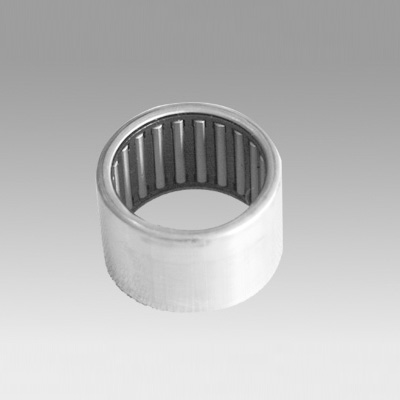
Nov . 11, 2024 01:49 Back to list
Understanding the Functionality of Single Direction Thrust Bearings in Mechanical Applications
Understanding Single Direction Thrust Bearings
Single direction thrust bearings play a crucial role in various mechanical systems, ensuring smooth operation and stability under axial loads. These specialized components are designed to accommodate forces that are applied in a single direction, making them an essential part of machinery in multiple industries, including automotive, aerospace, and manufacturing.
What is a Thrust Bearing?
A thrust bearing is a specific type of bearing that is designed to support axial loads, which are forces that act along the axis of the bearing. Unlike radial bearings, which support loads perpendicular to the shaft, thrust bearings are built to handle loads that push or pull along the axis. Single direction thrust bearings specifically cater to loads in one direction, ensuring that the components they support remain properly aligned and positioned during operation.
Design and Components
The architecture of a single direction thrust bearing typically consists of two main components a thrust washer and a series of rolling elements, such as balls or rollers. The thrust washer serves as the flat surface upon which the load is applied, while the rolling elements facilitate movement and reduce friction between the two surfaces. Depending on the design, the bearing can be made from various materials, including steel, bronze, or composite materials. The choice of material greatly influences the bearing's performance characteristics, such as load capacity, wear resistance, and operational efficiency.
Applications
single direction thrust bearing

Single direction thrust bearings are commonly used in applications where axial loads need to be managed effectively. A prevalent example includes the operation of screw fans, where the thrust bearing helps to support the vertical shaft while ensuring stability. Another notable application is in automotive transmissions, where these bearings are used to manage the axial forces present in gear systems.
The aerospace industry also relies heavily on single direction thrust bearings, particularly in turbine engines, where they can support the rotating shafts against axial loads generated during operation. In industrial manufacturing, these bearings are employed in various machinery, including presses, conveyor systems, and heavy equipment, making their presence felt across a wide spectrum of sectors.
Advantages
One of the primary benefits of single direction thrust bearings is their ability to handle high axial loads in a compact design. This efficiency allows for the reduction of space and weight in machinery, which is particularly advantageous in applications where design constraints are stringent. Additionally, by providing smooth operation and minimizing friction, these bearings contribute to increased efficiency and longevity of the machinery they support.
Maintenance is another critical aspect where single direction thrust bearings shine. Many designs allow for easy replacement and maintenance, which is essential for minimizing downtime in various industrial processes. Regular lubrication and inspection can further enhance their performance and lifespan.
Conclusion
In summary, single direction thrust bearings are essential components in many industrial and mechanical applications. Their ability to withstand significant axial loads and ensure the smooth operation of machinery makes them invaluable in both everyday and specialized applications. Understanding their design, function, and versatility can help engineers and designers leverage their capabilities effectively, leading to improved performance and reliability in various mechanical systems. As industries continue to evolve and demand higher efficiency, the importance of components like single direction thrust bearings will undoubtedly grow, solidifying their place in the world of engineering.
Latest news
-
Premium Deep Groove Ball Bearings | High Speed & Reliability
NewsAug.29,2025
-
Durable Scaffolding Clamps - Secure & Reliable Tube Connectors
NewsAug.28,2025
-
Common Failures in Thrust Ball Bearings and Solutions
NewsAug.22,2025
-
How Tapered Roller Bearings Can Take Shock Loads
NewsAug.22,2025
-
Angular Bearings in High-Precision Spindles
NewsAug.22,2025
-
The Impact of Misalignment on Cylindrical Roller Bearing Performance
NewsAug.22,2025
